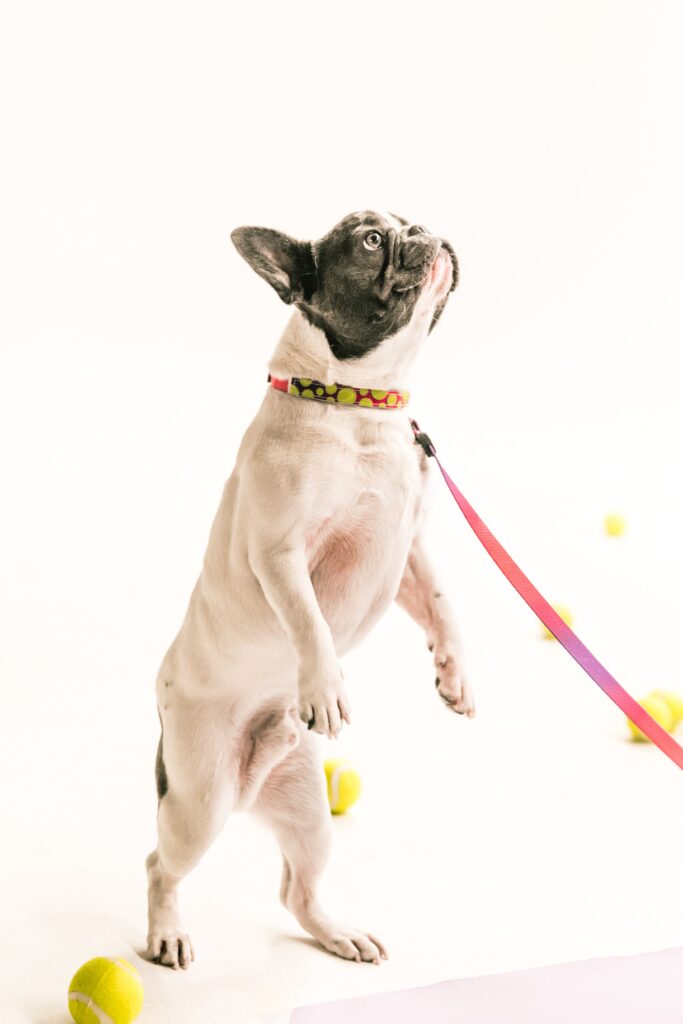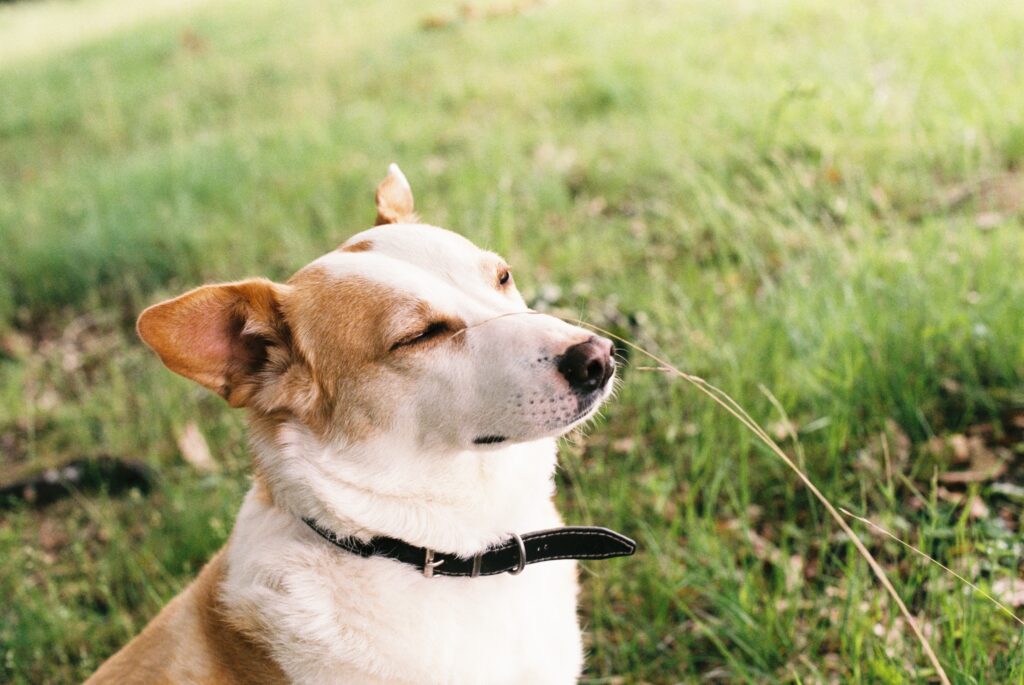Picture this: you’re sitting at a charming outdoor patio, basking in the warm sunshine while enjoying a delicious meal. Suddenly, a furry friend approaches your table, tail wagging with excitement. As you reach out to pet the adorable pup, you can’t help but wonder: do pet friendly restaurants or cafes actually require pets to be leashed at all times? It’s a question that has crossed the minds of many pet owners, and in this article, we’ll explore the guidelines and considerations surrounding this topic. So, whether you’re a proud pet owner or simply a curious diner, let’s untangle the leash of uncertainty and find out the scoop on pet etiquette in these furry-friendly establishments.

This image is property of images.unsplash.com.
1. Leash Requirements for Pet-Friendly Restaurants and Cafes
1.1 Local Laws and Regulations
When it comes to taking our furry friends out to eat with us, it’s important to understand the local laws and regulations regarding leash requirements. Different municipalities may have different rules regarding pets in public places, and it’s crucial that pet owners abide by these regulations to ensure a safe and enjoyable experience for everyone involved.
1.2 Individual Restaurant Policies
In addition to following local laws, it’s essential to consider the individual policies of each pet-friendly restaurant or cafe. While some establishments may have specific leash requirements for pets, others may have more relaxed policies. It’s important to familiarize yourself with these policies before bringing your pet along, as it will avoid any potential conflicts or misunderstandings.
2. Benefits of Leashing Pets at Restaurants and Cafes
2.1 Safety and Control
One of the primary benefits of leashing pets at restaurants and cafes is ensuring their safety and maintaining control over their behavior. Not all pets are well-trained or accustomed to being in public places, which can pose risks to both themselves and others. By keeping them on a leash, you can prevent them from wandering off or engaging in potentially dangerous behaviors.
2.2 Hygiene and Cleanliness
Another important aspect to consider is hygiene and cleanliness. Even though our pets may be well-behaved, accidents can happen, and having them on a leash allows owners to react quickly and clean up any messes. Additionally, some pets may shed or have dander, which can cause allergies for other customers. Leashing your pet can help minimize these issues and maintain a clean environment.
2.3 Avoiding Allergies and Phobias
Many people have allergies or phobias related to animals, and it’s crucial to be considerate of their needs. By leashing your pet, you can minimize the risk of any allergic reactions or triggering phobias in individuals who may be enjoying their meal nearby. Respecting the comfort and well-being of other patrons should be a priority when visiting pet-friendly establishments.
3. Arguments Against Leashing Pets at Restaurants and Cafes
3.1 Freedom and Comfort for Pets
Some argue that requiring pets to be leashed at all times restricts their freedom and comfort. They believe that pets should be able to roam freely and socialize with other animals in a relaxed environment without the constraints of a leash. While it’s important to provide pets with appropriate exercise and socialization, it’s essential to balance their needs with the needs and preferences of other patrons.
3.2 Encouraging Socialization
An opposing viewpoint is that leashing pets may hinder their ability to socialize with other animals and people. Restaurants and cafes can serve as excellent opportunities for pets to interact with different individuals, fostering social skills and reducing anxiety. However, it’s crucial to find a balance between socialization and ensuring a safe and controlled environment for all.
3.3 Marketing and Customer Appeal
Some establishments may argue against leash requirements to attract a specific target market of pet owners. By allowing pets to be off-leash, they create an atmosphere that appeals to those who prioritize the freedom and comfort of their pets. However, it’s important for these establishments to weigh the potential benefits against the possible concerns and complaints from other patrons.
4. Common Leash Policies at Pet-Friendly Establishments
4.1 Leash Requirement at All Times
The most common leash policy at pet-friendly establishments is to require pets to be on a leash at all times. This ensures the safety and control of the pets, as well as the comfort and peace of mind of other customers. It allows pet owners to enjoy the company of their furry companions without disrupting the dining experience for others.
4.2 Off-Leash Areas
Some pet-friendly establishments may have designated off-leash areas where pets can roam and socialize freely. These areas are typically separate from the main dining space to accommodate both pets and non-pet owners. Off-leash areas provide a compromise for pet owners who wish to give their pets more freedom while still maintaining a controlled environment for other customers.
4.3 Leash Requirement Only for Entry and Exit
Another common policy is to require leashes only during entry and exit. This allows pets to move more freely within the establishment while still ensuring safety during moments that could potentially cause congestion or accidents. Once inside, pet owners can choose to keep their pets on a leash or under control in another manner, such as a pet carrier or harness.
4.4 No Leash Requirement
In some rare cases, pet-friendly establishments may have no leash requirements at all. This policy is typically reserved for venues with ample outdoor seating or dedicated pet-friendly areas. However, even in these cases, it’s important for pet owners to be mindful of their pet’s behavior and ensure that they are not causing disturbances or discomfort to other patrons.

This image is property of images.unsplash.com.
5. Case Studies: Different Approaches to Pet Leashing Policies
5.1 Restaurant A: Strict Leash Requirements
Restaurant A maintains a strict leash policy at all times. Pets must be on a leash upon entering the premises and must remain leashed throughout the entire stay. This approach ensures the safety and peace of mind of all customers, providing a controlled environment for both pets and non-pet owners.
5.2 Restaurant B: Off-Leash Areas
Restaurant B offers designated off-leash areas for pets. Upon entry, pets must be on a leash until they reach the designated area where they can roam freely. This approach allows for more socialization and the opportunity for pets to interact with one another while maintaining a controlled environment in the main dining space.
5.3 Restaurant C: Leash Only for Entry and Exit
Restaurant C requires leashes only during entry and exit. Once inside, pets can be off-leash as long as they are under control and well-behaved. This approach strikes a balance between freedom and control, giving pet owners the option to choose what works best for their pets while still respecting the needs and comfort of other patrons.
6. Balancing Pet Owners’ Rights and Other Customers’ Preferences
6.1 Ensuring a Positive Experience for All
When considering leash policies at pet-friendly establishments, it’s important to strike a balance between pet owners’ rights and the preferences of other customers. Ensuring a positive experience for all involves setting clear guidelines and expectations, educating pet owners on responsible pet ownership, and having open communication channels to address any concerns or issues that may arise.
6.2 Providing Clear Information and Guidelines
To create an inclusive space for both pet owners and non-pet owners, pet-friendly establishments should provide clear information and guidelines regarding leash requirements. This includes displaying signage, updating their websites and social media platforms with relevant information, and training staff to communicate the policies effectively. Transparent communication helps manage expectations and avoids misunderstandings or conflicts.

This image is property of images.unsplash.com.
7. Enforcement of Leash Policies
7.1 Staff Training and Education
The effective enforcement of leash policies relies on well-trained and educated staff members. Restaurant and cafe employees should receive proper training on the importance of leash policies, how to communicate them to customers, and how to handle any non-compliance situations. Staff should also be knowledgeable about local laws and regulations to ensure full compliance.
7.2 Communication with Customers
Establishments should prioritize clear and respectful communication with customers regarding leash requirements. This can be done through signage, verbal reminders upon entry, or including information in menus or table tents. By maintaining open lines of communication, establishments can address any concerns or questions from customers and find mutually agreeable solutions.
7.3 Appropriate Consequences for Non-Compliance
Consistency is essential when dealing with non-compliance of leash policies. Establishments should have appropriate consequences for customers who do not adhere to the rules, such as politely asking them to leash their pets or, in extreme cases, asking them to leave. These consequences should be applied fairly and consistently to maintain a safe and enjoyable environment for all patrons.
8. Alternative Solutions to Address Leash Concerns
8.1 Outdoor Patios and Seating Areas
Some establishments may consider providing outdoor patios or seating areas specifically for pet owners. This allows pets to enjoy the open air and provides a compromise for those who prefer not to dine in close proximity to animals. By creating separate spaces, establishments can cater to both pet owners and non-pet owners, ensuring everyone’s comfort.
8.2 Designated Pet-Friendly Sections
Another option is to designate specific sections within the establishment as pet-friendly areas. This allows pet owners to enjoy their meals without disturbing or inconveniencing other customers who may have allergies or phobias. Clearly marked boundaries and signage can help ensure a smooth and respectful experience for all patrons.
8.3 Pet Restraint Options Other Than Leashes
While leashes are the most commonly used pet restraint, some establishments may explore alternative options. For example, pet carriers or crates can be used to keep pets contained while allowing them to be present in the establishment. This provides a sense of security for both pets and other customers, especially in cases where leashing may not be practical or appropriate.

9. Public Opinion and Surveys
9.1 Pet Owners’ Perspectives
Public opinion among pet owners varies when it comes to leash policies at pet-friendly establishments. Some pet owners strongly advocate for leash requirements, prioritizing the safety and comfort of all individuals present. Others may prefer looser policies, valuing their pets’ freedom and socialization opportunities. Conducting surveys or gathering feedback from pet owners can provide valuable insights into their preferences and concerns.
9.2 Non-Pet Owners’ Perspectives
Equally important is understanding the perspectives of non-pet owners. Some non-pet owners may be accommodating and understanding of pet-friendly establishments, while others may have specific allergies, fears, or concerns that need to be addressed. Surveys or feedback from non-pet owners can help establishments better cater to their needs and ensure a positive experience for everyone.
10. Conclusion
In conclusion, leash requirements at pet-friendly restaurants and cafes depend on a combination of local laws, individual establishment policies, and considerations for safety, hygiene, and customer comfort. While some argue for more freedom for pets and encourage socialization, it’s crucial to find a balance that respects the rights and preferences of all patrons. Clear communication, proper staff training, and alternative solutions can help create an inclusive and enjoyable environment for both pet owners and non-pet owners alike. By prioritizing the well-being and satisfaction of all customers, pet-friendly establishments can continue to thrive while maintaining harmony and positive experiences for everyone.



